First Peoples
We-Akon Dilinja
We-Akon Dilinja is a mourning reflection event. In 2025 the event will be held at Alfred Square at 6 am on Sunday 26 January.
This will be the sixth year the event has been held as part of City of Port Phillip's commemorations on Australia Day, presented in partnership with the Boonwurrung Land and Sea Council.
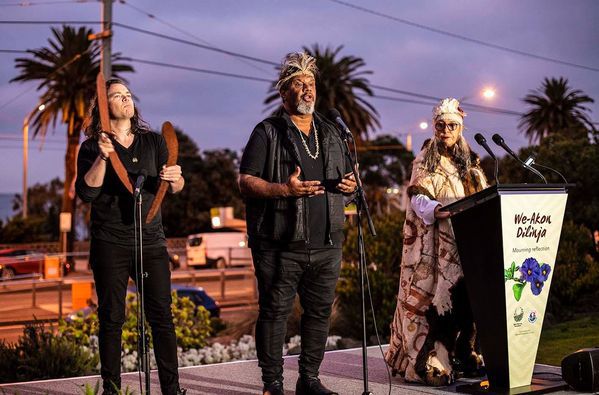
First Peoples arts
The City of Port Phillip cares for contemporary and traditional First Peoples works in the Port Phillip City Collection. Discover art works including our magnificent Boonwurrung Walert (possum skin) Cloak.
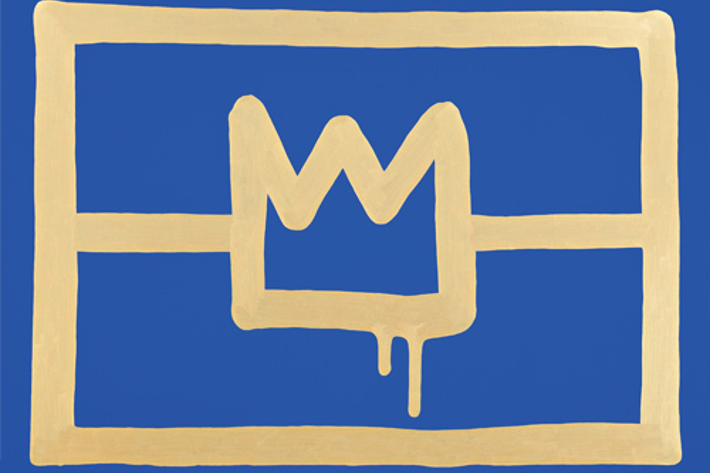
Reko Rennie, King and Country 2013, acrylic and pigment on linen. Kamilaroi language group. © Reko Rennie. Courtesy of the Artist and Karen Woodbury Gallery
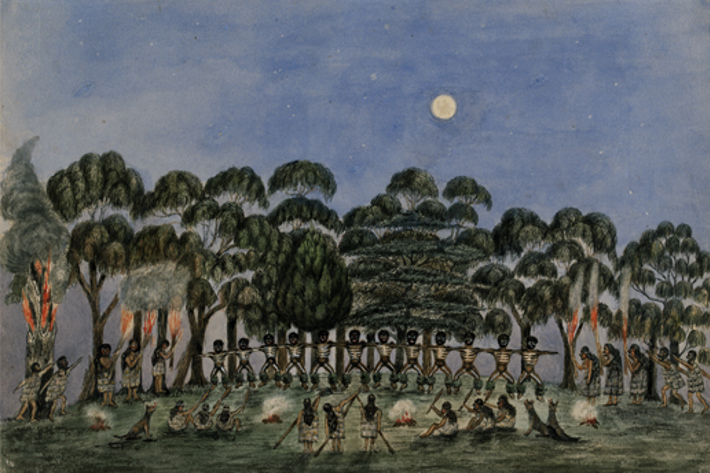
Ngargee held on Emerald Hill (today the site of the South Melbourne Town Hall) in 1840. A corroboree on Emerald Hill in 1840, 1875, W. F. E. Liardet. Courtesy State Library of Victoria
First Peoples local history and culture
The Yaluk-ut Weelam clan of the Boon Wurrung were the first people of the Port Phillip area.
Festivals and events
Information on the Yaluk-ut Weelam Ngargee and annual significant cultural days.
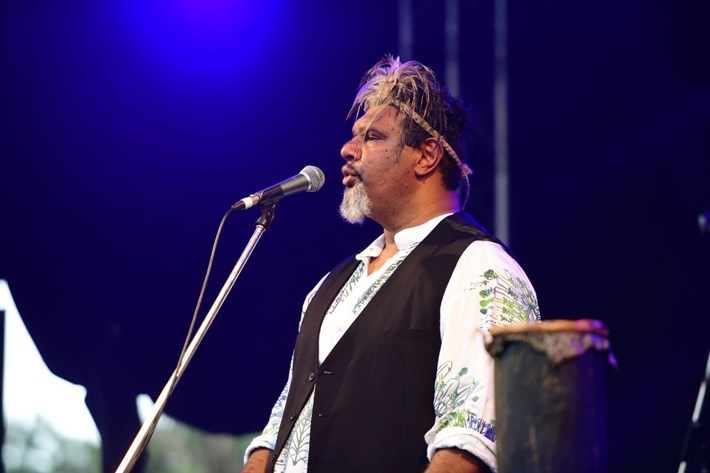
Performer John Wayne Parsons.
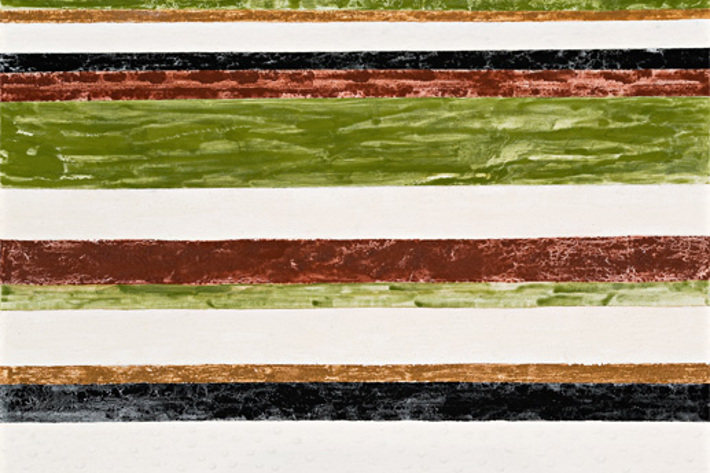
Julie Gough 2004, Intertidal. Mixed natural pigments and materials from Victoria 100 cm x 80 cm, Trawlwoolway language group,© Julie Gough. Courtesy of the Artist and Gallery Gabrielle Pizzi
First Peoples community
Information, resources, policies and community contacts.
Yalukut Willam signs
Ten cultural markers form a self-guided tour of Port Phillip providing information on significant Aboriginal landmarks and historical figures from the region.
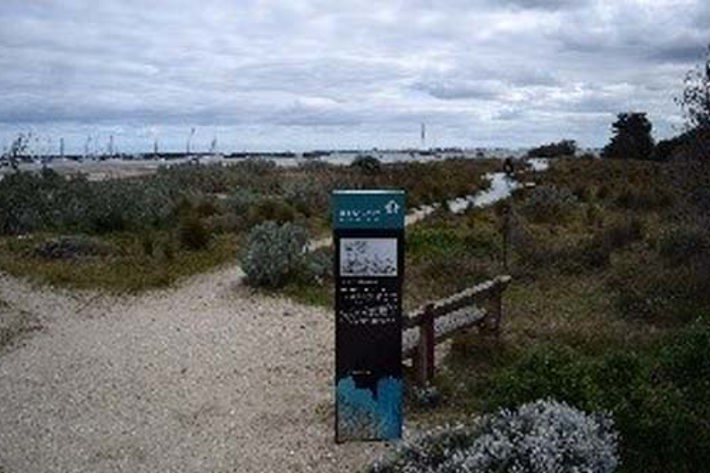
Sign location 5, West Beach
Definitions
First Peoples or Nation
The term First Peoples, First Australians or First Nations is used as preferred terms on this website, after consultation with local stakeholders and in line with language used by Creative Victoria, rather than Aboriginal and Torres Strait Islander, Koorie and Indigenous Australians.